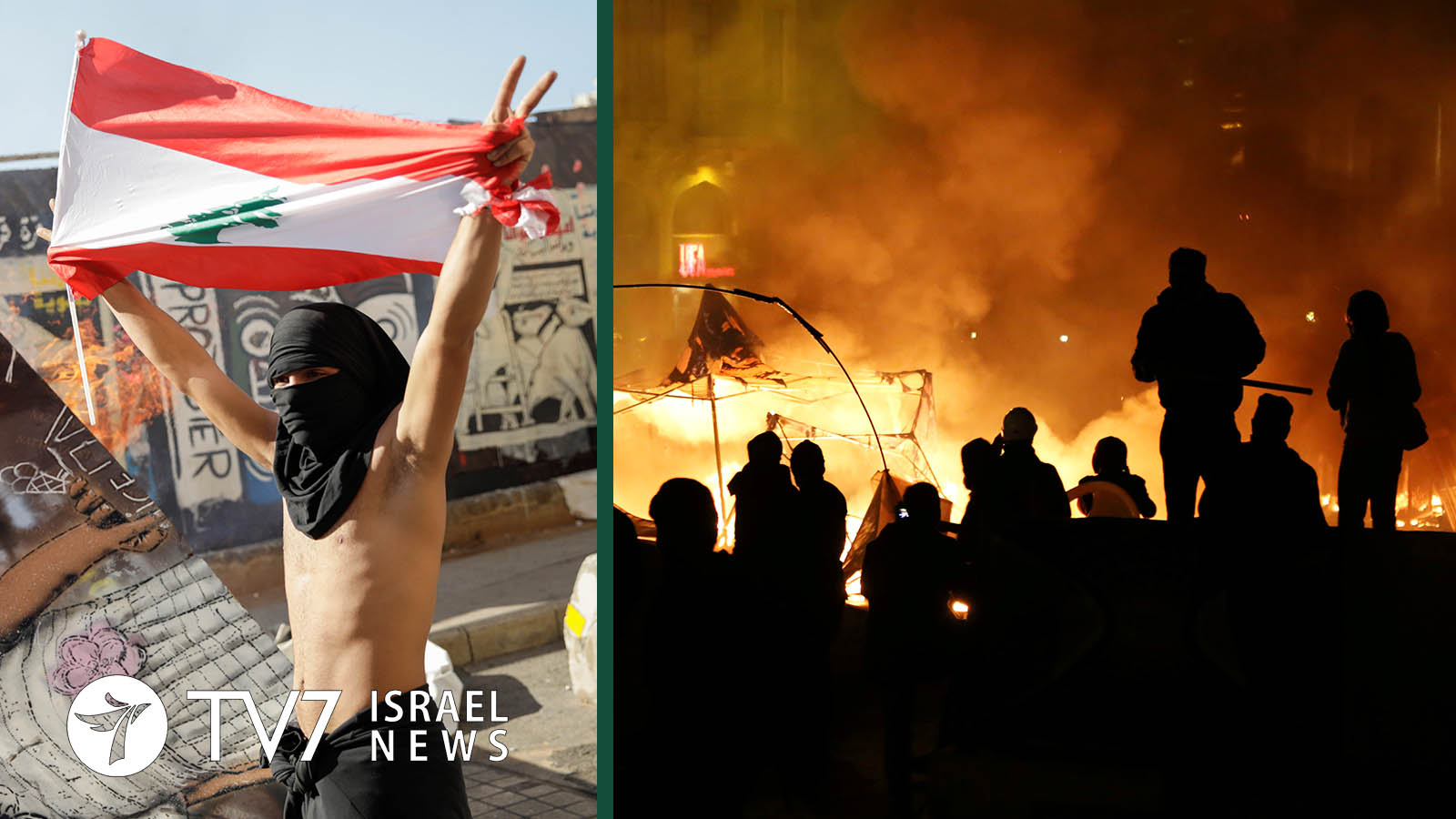Days of continuous protest are ongoing in Lebanon fueled by further downturns in an already-shattered economy amid political turmoil.
Demonstrations started this past Tuesday after the currency tumbled to a new low, enraging a population long terrified over the financial meltdown. Fall by the Lebanese pound to ل.ل. 10,000 to $1 US dollar was the breaking point for many, who have witnessed skyrocketing price of consumer goods such as diapers or cereals nearly triple over the past 2 years.
There has been a widespread upsurge in unemployment since Lebanon’s financial system began to crash in 2019, and there is rising concern over growing hunger as citizens remain locked out of their bank accounts.
This has been the worst economic crisis since the 1975-1990 civil war, with no end in sight.
Unemployment has surged in the country where more than 50% of the population is estimated to be impoverished. There are rising concerns over the outbreak of widespread hunger as the government warns there may be a decrease of subsidies on which many people are dependent while locked out of their own bank accounts.
Demonstrators blocked main roads in several parts of Lebanon for the third consecutive day on Thursday. Protesters set fire to tires on routes leading out of Beirut in Jal el Dib and Furn al-Shebak. The main road was also blocked in Zouk District to the north of the capital, with tensions boiling over into confrontations with drivers trying to get through the crowds.
Lebanon has been plagued by a popular uprising against corrupt political leadership, bankruptcy of the state and banking system, the coronavirus pandemic and the massive explosion at the Port of Beirut that killed 200 people and destroyed parts of the capital in August 2020.
